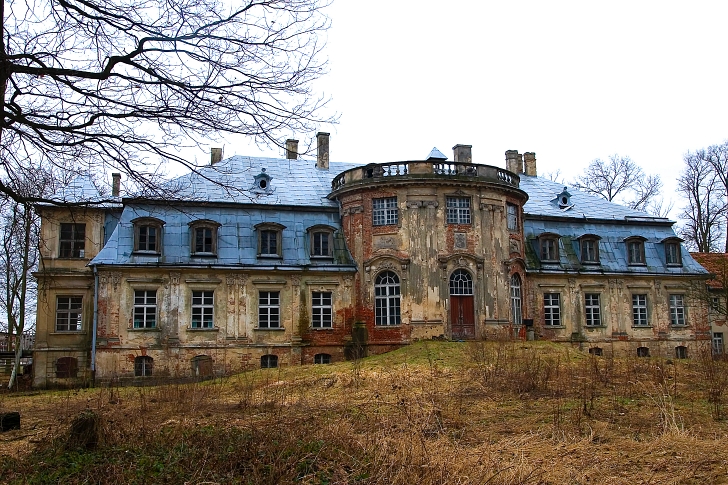Hidden Nazi Gold on the Verge of Being Uncovered
There are many tons of stolen Nazi gold still out there.
During World War II the Nazi regime hoarded the loot they stole from their victims. These valuables -gold, fine art, and other assets- were secreted away in caves and bunkers and were officially processed by the Reichsbank (the German national bank) to mask the theft. Many of the biggest loots were taken from the governments of countries that Germany occupied during the war, though jewelry and gold teeth from concentration camp victims was also used to further fund the murder of 6 million Jews and half a million people from other “undesireable” groups.

Often referred to as “raubgold” (German for “stolen gold”) this amounts to many tons of gold. After the war, some of this loot was discovered and returned, while in other cases artifacts like fine art belonging to Holocaust victims lingered in museum basements waiting to be claimed. It is estimated that the majority of this plunder has never seen the light of day since. But, new information has meant the start of a dig to find at least some of the Nazi gold possibly buried in Poland.
Many tons of plundered gold has been missing since the end of the war, with only a scant 4 tons having been immediately recovered. Much of the gold was laundered first through Swiss banks and then used to pay off suppliers in other neutral countries. As late as the 1990s some European banks were still in possession of gold bullion bars imprinted with swastikas. However, a great deal of the stolen wealth of the Nazis was physically hidden in places all over Europe.
At the end of the war some of these hiding places were uncovered, such as the Merkers salt mine- a cavern methodically filled with bags of gold and priceless artwork.

Ever since the end of the war treasure hunters have been on the lookout for buried Nazi gold and now a promising lead has turned into an actual excavation. The loot in question is suspected to be on the property of the Minkowskie Palace (built in the 18th century by Prussian general, Friedrich Wilhelm von Seydlitz) near Wrocław, Poland. During the war Nazi soldiers had used the castle as a kind of resort-meets-brothell.
Letters from a Waffen-SS officer named as “von Stein” and a diary from another senior officer known by the pseudonym “Michaelis” have been researched thoroughly since 2019 when the documents were given to the Silesian Bridge foundation, who have now leased the Minkowskie Palace. The gift was made from a Masonic organization of which many Nazi officers were members and as it retained documents of their past members.

In the diary was not only descriptions of the planned sites, but also a map. Himmler was getting help in preparing the stash sites from Günther Grundmann, director of the Silesian Museum. According to the diary entires a series of 11 sites were planned nearby as part of Heinrich Himmler’s plan to protect the wealth of the Third Reich.
After the war Grundmann outlined a staggering 80 sites with buried loot, though many of these site were plundered by Soviet forces at the end of the war.
The letter details the hiding place at the palace, with von Stein telling his young lover, Inge, that she was the only one who knew where the treasure was hidden. Now the search has begun to find the hiding place that von Stein said had been well hidden under the orangerie of the palace. Von Stein wrote, “A trough has been dug in the orangery, which is a safe ‘home’ for the delivered chests and containers. 48 chests from the Reichsbank, in good condition, were hidden, very well covered with earth and ‘greened’ with still living plants. Let providence watch over us.”
The search for these containers is now underway, making it one of the few Nazi gold treasure hunts that might actually pan out. The diary states that it is about 28 tons of gold.

Previous attempts to find the hidden wealth have often been completely fruitless, such as the failed search for the lost train of Nazi gold at Walbrzych , Poland, and Rommel’s gold as made famous in a James Bond novel.
It is believed that the woman, Inge, remained in the area after the war and kept watch over the buried treasure, ensuring that no one would find it. As von Stein wrote, “The remaining 48 heavy Reichsbank’s chests and all the family chests I hereby entrust to you. Only you know where they are located.”
SKM: below-content placeholderWhizzco for DOT

